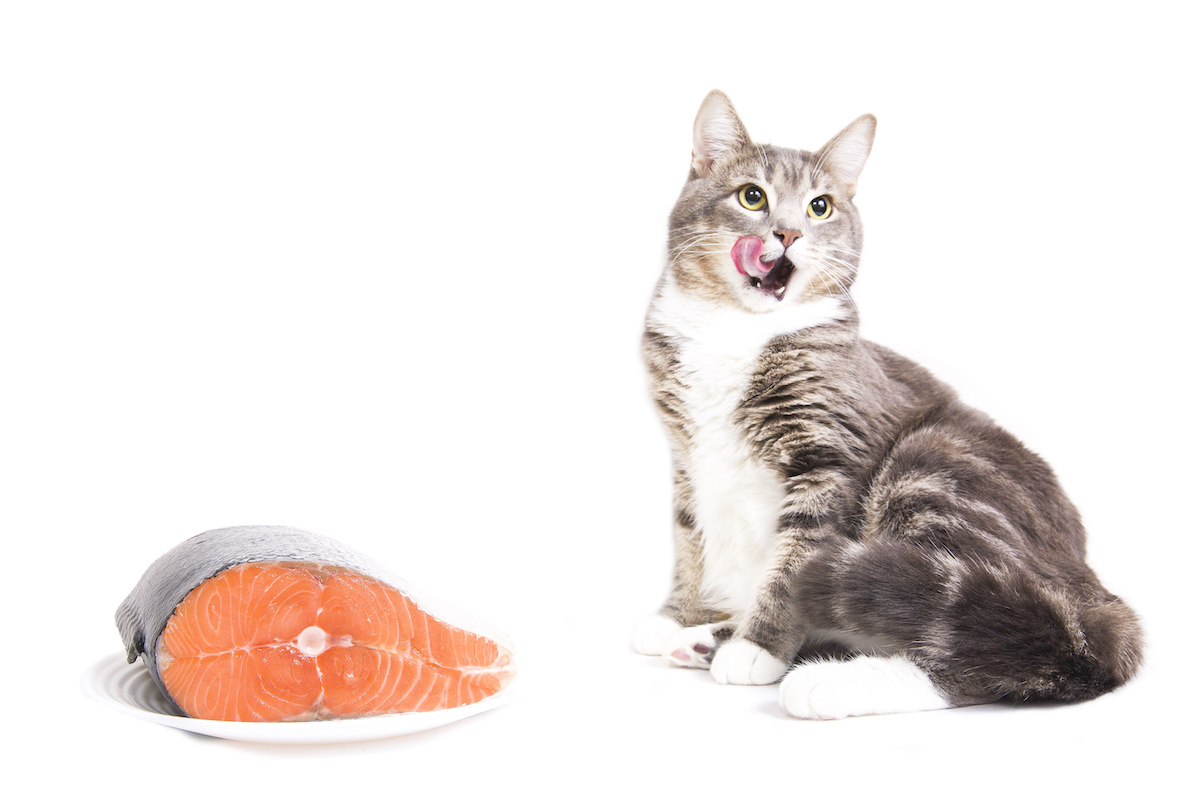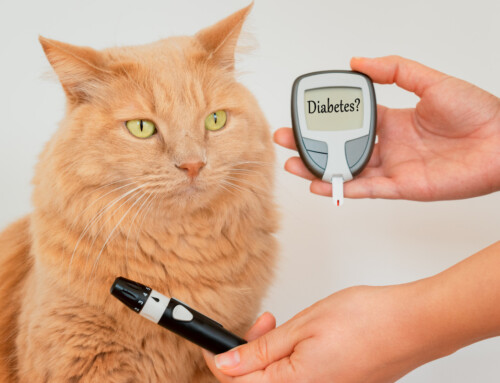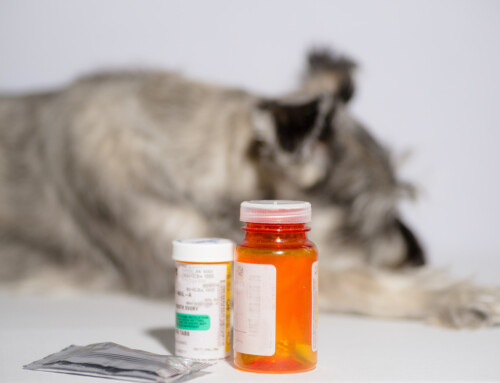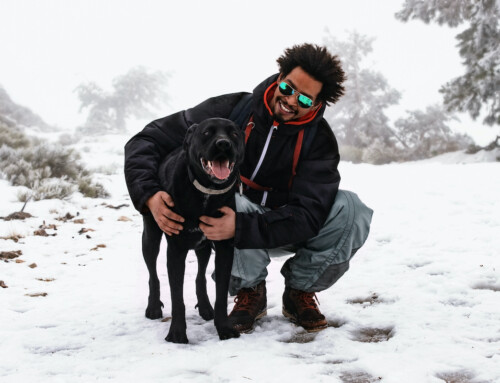According to WebMD, several years ago, Lynette Ackman of Chicago began making food at home for her five rescue cats. She had tried kibble and canned food to treat one’s inflammatory bowel disease and another’s diabetes, but it wasn’t until she adopted a raw diet of rabbit and fowl that their health dramatically improved, she says. Depending on a variety of factors, homemade food can be a healthy choice for your cat.
Ackman, a software tester, is among a growing number of cat owners doing it themselves — the pet food scares of recent years have, by some accounts, motivated the trend — but she doesn’t mention the diet to veterinary specialists she’s seen over the years; she says they tend to be “anti-homemade and anti-raw.” There is a chasm between cat owners who feed their pets raw or homemade cat food and veterinarians who warn that without quality control, the risks of bacterial contamination or nutritional deficiency are too high.
How to Make Homemade Food The Right Way
Striking the right balance of ingredients, including vitamins and minerals, and properly storing the food are critical for a happy and healthy animal.
As obligate carnivores, cats need:
- Protein from meat or fish
- Amino acids like taurine and arginine (from meat or fish)
- Fatty acids
- Vitamins
- Minerals
- Water
- Carbohydrates like rice and corn in small amounts are fine, but they aren’t necessary for a cat’s diet
Nutrition guidelines for cats are available through the American Association of Feed Control Officials.
What About Raw Meat Diets?
Raw meat diets are neither safe nor nutritionally sound. There is a high risk of salmonella poisoning to both the cat and human members of the household.
You have to be aware of zoonotic (animal to human) disease transmission, food safety, and contagion issues. Feeding cats a raw meat diet also leaves too much room for variables, another reason most don’t advocate such a diet.
So Then Cooked Diet is The Way to Go?
Little scientific evidence exists either for or against a cooked diet for cats. Some, like Cornell University’s College of Veterinary Medicine, warns against making raw or cooked cat food at home because of the importance of getting the right quantity and proportions of nutrients.
As long as cat owners consult a veterinarian-nutritionist to formulate a recipe for their cat it should be ok.
The following recipe was developed by a veterinarian-nutritionist. It yields enough food for 10-14 days for the average cat.
- 3 pounds of whole fowl or rabbit, including bones, organs, and skin
- 1 cup water 2 eggs (use raw yolks, and lightly cook the whites)
- 2000 mg wild salmon oil
- 400 IU vitamin E (powdered E in capsule form works)
- 100 mg vitamin B-complex
- 2000 mg taurine, powdered ¾ tsp lite salt with iodine (when using chicken parts)
- Liver (add 4 oz if the meat you are using does not include organs)
- Psyllium
Use a dietary gram scale to weigh out foods until you get accustomed to the correct measurements, and make sure all ingredients are well blended before serving.
Using Pre-Made Cat Food Is Definitely Easier But Could Also Be Better for Your Cat
Since the pet food industry knows what needs to be in your animal’s food it can be a much safer way to go if you’re not willing to put in the time and effort to formulate a proper recipe.
Formulating the recipe can be expensive and time-consuming and your cat may still not be getting all it needs to thrive. With the added risk of sickness that also puts strikes against making your own homemade cat food.
Making cat food isn’t as easy as it may seem and should probably be left to the professionals.
Consult us here at Main St Vets on the best foods to feed your cat that are nutritionally sound and safe for your pet.








